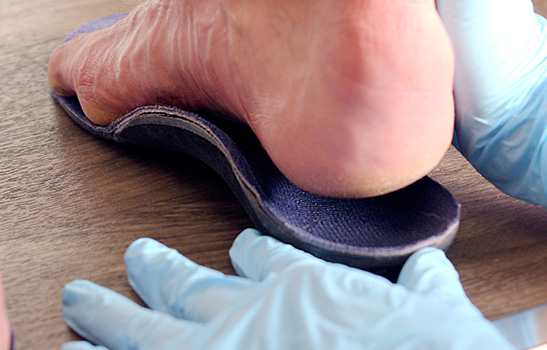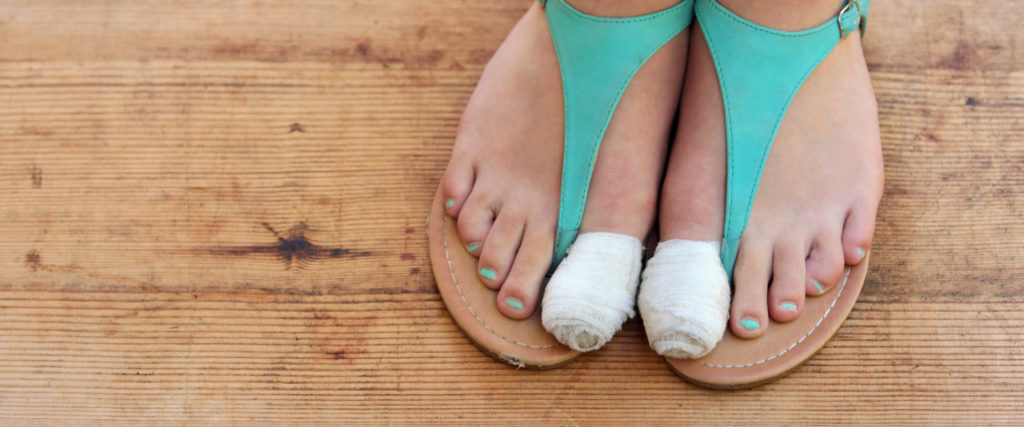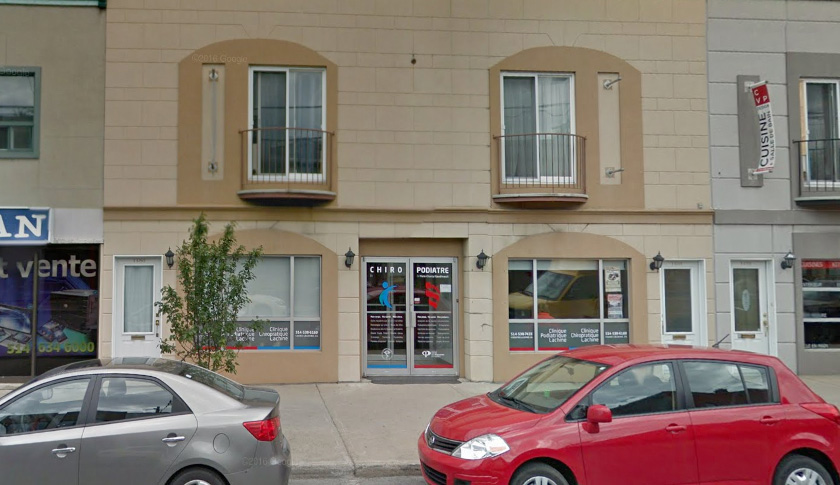Ingrown toenail / Onychocryptosis
Also known as an ingrown toenail, onychocryptosis (from Greek onyx ‘nail’ and kryptos ‘hidden’) is a common condition that occurs when part of the nail grows into the fleshy part of the toe. As it penetrates the skin, an ingrown nail can easily become infected.
See the causes See the long term complications See how to relieve yourself at home
Signs and symptoms of Ingrown toenail
- Excessive curvature of the toenail
- Toenail is excessively wide
- Pain along the edge of the toenail
- Redness and swelling
- Bleeding or pus drainage
- Surrounding skin folds over the nail
- In more severe cases, an overgrowth of highly vascular tissue (granuloma) may form
What are the causes of an Ingrown toenail?
- Nails are too wide and/or too curved. In such cases, the problem is often recurrent.
- Inappropriate nail cutting technique or a broken nail due to direct injury.
- A fungal infection (onychomycosis) in the nail increases the probability of developing an ingrown toenail.
- Inadequate footwear (narrow shoes, high heels, etc.) can also contribute to the problem by compressing the toenails.
Progression and consequences of an Ingrown toenail
If the ingrown nail corner isn’t removed from the skin rapidly, the condition worsens, pain intensifies and the risk of infection rises. People with diabetes are particularly at risk of serious complications.
How to relieve Onychocryptosis at home
Here are some tips to follow when symptoms first appear:
- Soaf the feet with a saline solution (3 tablespoons of salt in 2 litres of water) for 10 minutes once or twice a day.
- Apply an antibiotic ointment like Polysporin to the swollen area 2 to 3 times a day. During the day, cover the nail with a Band-Aid.
- Avoid tight, narrow shoes.
- Massage the skin away from the nail.
If symptoms persist after several days, see a podiatrist.
Diagnostic of an Ingrown toenail
The diagnosis is made by simple observation and exploration of the furrows of the nail.
What can my podiatrist do about an Ingrown toenail?
Your podiatrist will be able to recommend the most appropriate course of treatment for your condition:
- If the condition is mild and non-recurring, the practitioner may remove the offending nail edge or border. This procedure may be performed under local anesthetic if necessary. It’s important to note that this solution is only temporary if the cause of the problem is excessively wide or curved nails.
- When ingrown toenails are a recurring problem, surgery is the only permanent solution since it addresses the issue directly at the base of the nail (nail matrix). This surgery is a minor procedure performed under local anesthesia at the podiatrist’s clinic and has a positive aesthetic outcome.
- If the ingrown toenail is associated with a previous fungal infection, the podiatrist will also help you address this condition.
The podiatrist also offers a foot treatment service during which problematic nails are trimmed down to prevent them from becoming ingrown. This preventive care is particularly recommended for people with diabetes and patients who have difficulty cutting their toenails.
How to prevent Ingrown toenail
- Keep nails short and avoid trimming too closely at the corners.
- Cut nails straight across, avoid angles.
- Don’t “tear off” the nail. Use appropriate tools.
- Wear shoes that provide adequate room for the toes.
- Treat fungal infections before an ingrown nail can form.
I’ll just cut my nail in a V-shape and place cotton balls at the corners and the curve will be gone!

While these tips can temporarily relieve the condition, they won't have a permanent impact on the form of the nail. As in a strand of hair, it's the root of the nail, called the nail matrix, that determines its shape. If you have curly hair, it will always grow back curly even if you cut or straighten it. The same logic applies to excessively curved toenails. No matter how you cut it, it will always try to grow back the same way.
And if it was not an Ingrown toenail?
There are other conditions that may appear similar to an ingrown toenail. It’s important to consult with a healthcare professional to obtain the correct diagnosis.
- Wart on the periphery of the nail
- Osteochondroma or tumour of the toe-bone under the nail
- Skin cancer
- Tumour mass
- Diabetic foot ulcer


